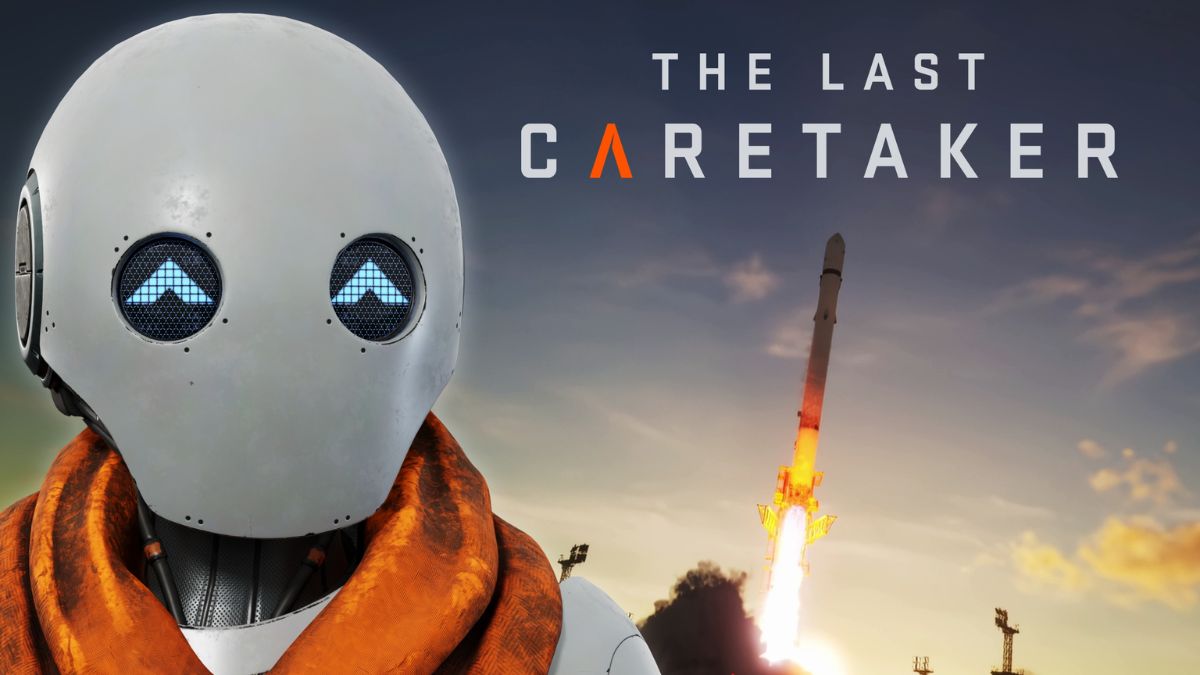- Your Boat Is Home, Not the Facilities
- Diesel Is a Bonus, Not a Requirement
- Progress Isn’t Leveling — It’s Restoring
- The Boat Layout That Finally Stopped My Runs From Falling Apart
- The First 8 Hours (Natural Learning Curve)
- What the Game Does Exceptionally Well
- What Still Needs Time (It’s Early Access)
- If You Like Games That Give You Time to Think
I’ve put a little over 100 hours into The Last Caretaker so far. Enough time to go from completely overwhelmed to actually understanding how the world fits together.
The early game can feel confusing, not because the mechanics are complicated, but because the game quietly assumes you’ll figure things out as you go. It doesn’t rush you. It doesn’t throw objectives in your face. It lets you get lost on purpose.
The moment I stopped treating it like a survival game where you bunker in one place — and started treating it like a journey — everything finally made sense.
So, here is what I genuinely wish someone had explained to me on day one, like the things that make the early hours feel better and make sense.
Your Boat Is Home, Not the Facilities
This was the first big misunderstanding. When you restore your first few stations, it looks like the game wants you to settle there. You repair consoles, craft machines, open locked doors — it feels like the natural “base.”
But the game is not about settling.
It’s about moving.
Your boat isn’t just transportation — it’s the entire progression system:
- Where your storage should live
- Where your crafting happens
- Where your power grid eventually stabilizes
The earlier you accept that your boat is the center of your world, the smoother the rest of the game becomes.
Diesel Is a Bonus, Not a Requirement
This one surprised me.
The boat runs perfectly fine on electric alone.
Diesel just makes it move faster.
My first few hours were spent stressing about fuel shortages and refinery setups I didn’t actually need yet. Once I leaned into solar → battery loops, my travel became consistent, quiet, and stress-free.
Electric = slow and steady
Diesel = when you’re impatient or in danger
Understanding the difference changes everything.
Progress Isn’t Leveling — It’s Restoring
If you ever hit a moment where you’re not sure what to do next, the answer is almost always:
Find the next offline facility and bring it back online.
Each restored location teaches you a new part of the world:
- Power routing
- Memory synthesis
- Transportation infrastructure
- Late-game crafting chains
You’re not just surviving — you’re returning a dead world to functional life, piece by piece.
That’s the core arc of the game.
The Boat Layout That Finally Stopped My Runs From Falling Apart
I rearranged my boat at least five times before this worked:
| Area | What I Place There | Why It Works |
|---|---|---|
| Roof / Upper Deck | Solar Panels + (optional) Wind Turbine | Free, quiet power → less fuel anxiety |
| Left Wall | All Storage + Fabricator nearby | Crafting pulls directly → no running laps |
| Right Wall | Battery Bank + Electric + Diesel Generator | All power cables stay clean and visible |
| Back Deck | Recycling Machine + space to dismantle finds | Easy access to parts without clutter |
This is the first layout where my boat felt like a living system instead of a messy shed floating on the ocean.
The First 8 Hours (Natural Learning Curve)
This is the rhythm that makes the game feel intentional, not scattered.
| Time Played | What You’re Focusing On | Why |
|---|---|---|
| 1–2 Hours | Learning basic loops | Water, power, and dismantling are the core of everything |
| 3–4 Hours | Moving essential systems onto the boat | This prevents backtracking and wasted travel |
| 5–6 Hours | Dismantling abandoned tech on shorelines | This is your real source of advanced components |
| 7 Hours | Getting the Electric Rifle | The first weapon that comfortably handles threats |
| 8 Hours+ | Restoring your next major facility | This is what unlocks new tech tiers and story momentum |
You are not grinding — you are re-activating the world.
What the Game Does Exceptionally Well
There is a very distinct feeling the game captures while traveling: quiet seas, low engine hum, distant ruins on the horizon. It’s a rare atmosphere — something between loneliness and rebuilding. The ocean doesn’t feel empty; it feels waiting.
When you finally restore a major facility and the lights come back on, there’s this small moment where the world feels cared for again. The game earns those moments slowly.
What Still Needs Time (It’s Early Access)
Combat animations are still stiff.
Cable physics occasionally have opinions of their own.
And difficulty tuning is actively shifting based on player data.
But the foundation is strong — strong enough that these systems can grow instead of rebuild.
If You Like Games That Give You Time to Think
You’ll likely love this.
It rewards patience, understanding, and design thinking more than twitch reactions.
If you prefer constant combat or fast progression, it may feel too soft.
